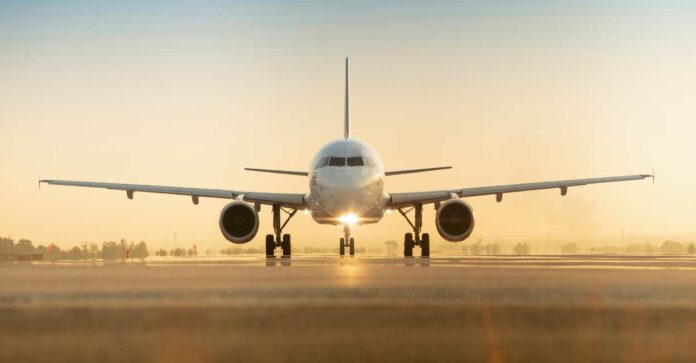After its worst two years since World War II, the global aviation sector is looking up to 2022. However, the opportunity to fly at a reduced cost may be fleeting for the passengers.
According to the International Air Transport Association, international passenger demand in 2020 was less than 25% of 2019.
Although data for 2021 isn’t yet available, the Delta and Omicron variants’ problems make the association’s estimates of 50% of 2019 appear ambitious.
Airlines are offering a variety of flight bargains as international and domestic routes reopen. These incentives are intended to encourage hesitant travelers back and to compensate customers for expenditures associated with overseas travel, such as COVID test fees.
They’re likely to be temporary as the industry adjusts to post-pandemic realities without the government aid that helped many people survive against the odds. The airline sector was heavily controlled until the 1970s. Governments did this a lot to defend state-owned airlines.
The International Air Transport Association (IATA), which is often referred to as a cartel, kept airfares high on a global scale. There were two types of tickets available: first-class and economy.
The Boeing 707, which could fit 180 passengers in a pinch until 1970, was the biggest commercial jet airplane. To fund the high expense of operations (especially jet fuel) flight tariffs had to be lofty. The Boeing 747 jumbo jet was unveiled in 1970, increasing flight capacity from 180 to 440 passengers.
Airfares were on the decline.
The regulation of flight fares was beginning to crumble in 1981.
Flight tickets used to be quite expensive for most and travel agencies began to establish themselves as “bucket shops” in the 1980s and 1990s, “specializing in filling empty seats on less popular airlines with cheap air tickets.
Because of lower expenses and falling flight fares, the IATA’s fares have become increasingly obsolete. With the advent of low-cost carriers around the world, many of which were not IATA members, the IATA ultimately dropped the “YY” designation of fare-setting.
Why the low-cost period is coming to an end?
These price reductions were contingent on airlines adopting a business strategy based on lower earnings per customer but a higher number of passengers flown, as well as lower fixed overheads by operating larger-capacity aircraft.
The number of international tourists surged from around 166 million in 1970 to 1.5 billion in 2019. Prior to COVID, a long-haul international return trip’s average profit margin per passenger was roughly US$10 in 2019.
It’s difficult to see how the sector can continue to operate on razor-thin margins.
It’s conceivable that the industry will consolidate in 2022, with the airlines that survive aiming to diversify into other businesses like catering or insurance.
The model with higher margins and lower passenger volumes appears to be the most likely.
Follow and connect with us on Facebook, LinkedIn & Twitter

